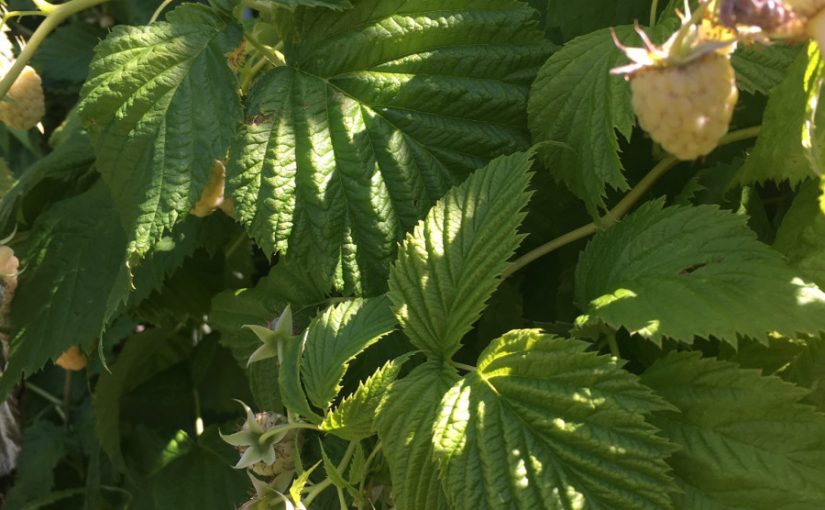If I were to grow raspberries, I would want a good mixture of varieties as well as a mix of summer-bearing and fall-bearing types. This would ensure a longer window of harvest and allow a good mix of flavors (and even colors) for customers to choose from. The fall-bearing varieties could also command a higher price as less growers are likely to have raspberries that late in the year. Additionally, because fall-bearing fruit buds are set on primocane (or first-year growth), maintenance could be as easy as mowing down the old canes every year at the end of the season.
To maintain the summer-bearing varieties, for the first year allow the primocanes to grow. Should use heading cuts on apical buds to encourage branching (done in the summer on primocanes). The next year, harvest from the floricanes. Remove floricanes immediately after harvesting all the berries. Maintain new primocanes using heading cuts.
No matter the variety, raspberries must be trellised to ensure larger yields, healthier/better tasting berries, and easier harvests. Trellising can be as easy as corralling the canes within two rows of wire set 12-18 inches apart. Generally raspberries grow so tall that you’ll need two sets of wire, one set around 30 inches from the ground, the others at 5 feet.
SOURCES
Fitzgerald, Tonie. Raspberries. Washington State University; Spokane County Extension. Accessed 12 Feb 2018.
Lockwood, David W. Berries; Pruning Raspberries and Blackberries in Home Gardens. Agriculture Extension Service; University of Tennessee. Accessed 12 Feb 2018.
